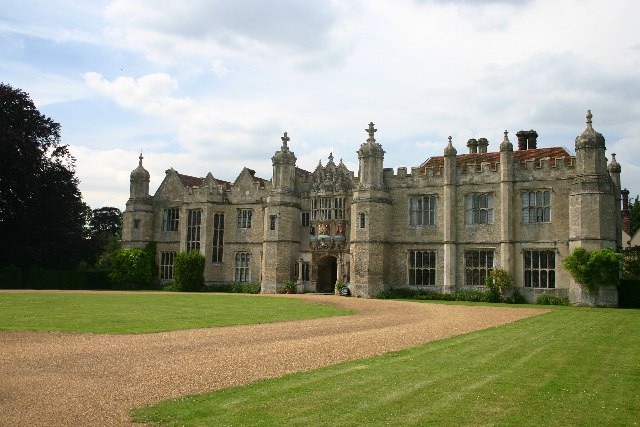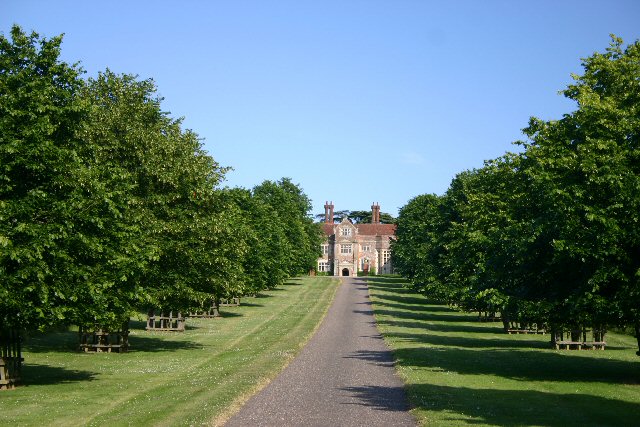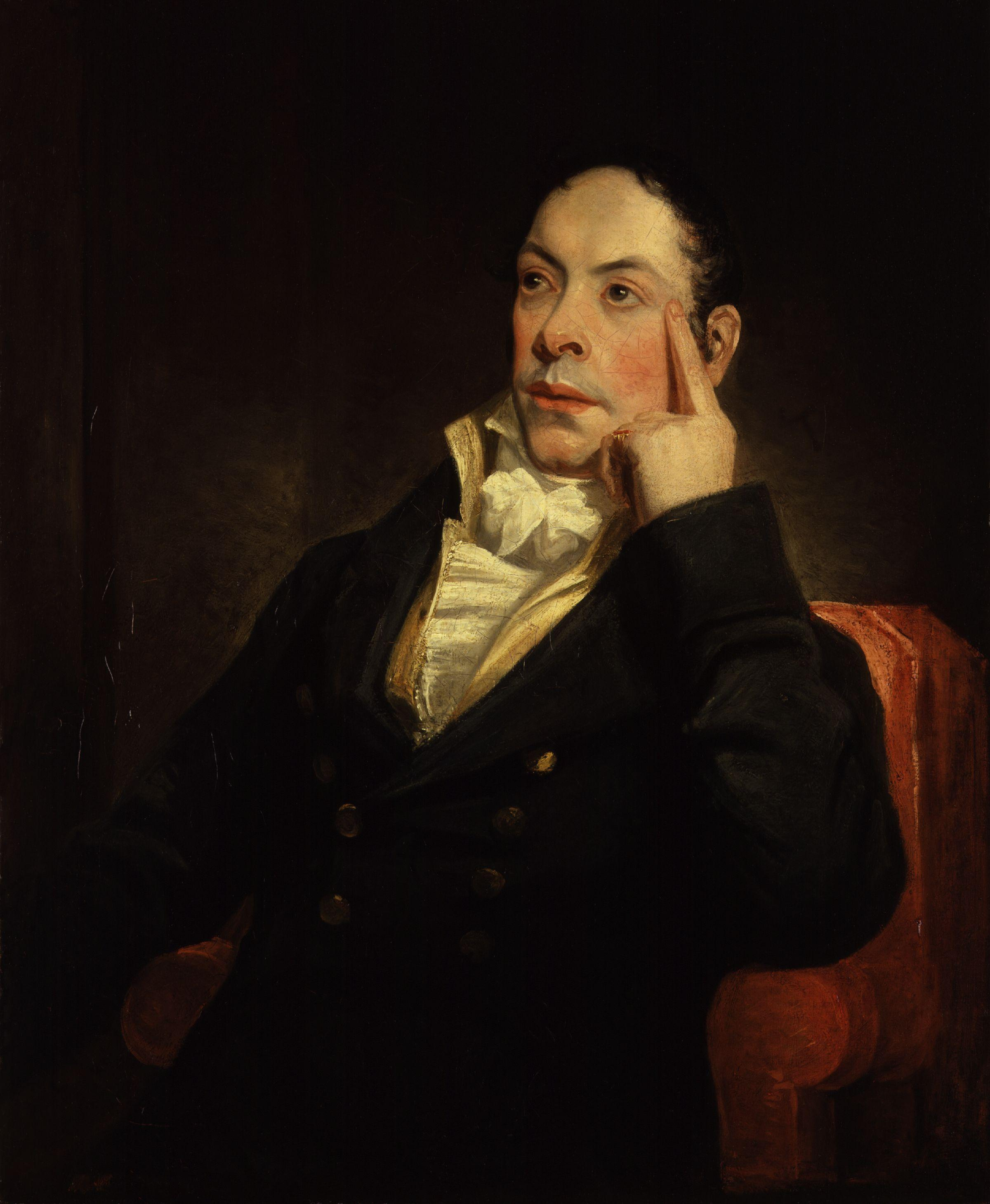|
Rookwood (novel)
''Rookwood'' is a novel by William Harrison Ainsworth published in 1834. It is a historical and gothic romance that describes a dispute over the legitimate claim for the inheritance of Rookwood Place and the Rookwood family name. Background Ainsworth began to develop the idea of writing a novel in 1829. In a letter to James Crossley during that May, Ainsworth inquired about information about Gypsies and eulogies. By 1830, he began to work for the ''Fraser's Magazine'' and was with the magazine when he started writing ''Rookwood'' in 1831. A preface to the 1849 edition of the novel discusses the origins and development of the novel: "During a visit to Chesterfield, in the autumn of the year 1831, I first conceived the notion of writing this story. Wishing to describe, somewhat minutely, the trim gardens, the picturesque domains, the rook-haunted groves, the gloomy chambers, and gloomier galleries, of an ancient Hall with which I was acquainted." The locations Ainsworth refers to ... [...More Info...] [...Related Items...] OR: [Wikipedia] [Google] [Baidu] |
WikiProject Novels
A WikiProject, or Wikiproject, is a Wikimedia movement affinity group for contributors with shared goals. WikiProjects are prevalent within the largest wiki, Wikipedia, and exist to varying degrees within sister projects such as Wiktionary, Wikiquote, Wikidata, and Wikisource. They also exist in different languages, and translation of articles is a form of their collaboration. During the COVID-19 pandemic, CBS News noted the role of Wikipedia's WikiProject Medicine in maintaining the accuracy of articles related to the disease. Another WikiProject that has drawn attention is WikiProject Women Scientists, which was profiled by ''Smithsonian Magazine, Smithsonian'' for its efforts to improve coverage of women scientists which the profile noted had "helped increase the number of female scientists on Wikipedia from around 1,600 to over 5,000". On Wikipedia Some Wikipedia WikiProjects are substantial enough to engage in cooperative activities with outside organizations relevant t ... [...More Info...] [...Related Items...] OR: [Wikipedia] [Google] [Baidu] |
Friedrich Schiller
Johann Christoph Friedrich von Schiller (, short: ; 10 November 17599 May 1805) was a German playwright, poet, and philosopher. During the last seventeen years of his life (1788–1805), Schiller developed a productive, if complicated, friendship with the already famous and influential Johann Wolfgang von Goethe. They frequently discussed issues concerning aesthetics, and Schiller encouraged Goethe to finish works that he had left as sketches. This relationship and these discussions led to a period now referred to as Weimar Classicism. They also worked together on '' Xenien'', a collection of short satirical poems in which both Schiller and Goethe challenge opponents of their philosophical vision. Early life and career Friedrich Schiller was born on 10 November 1759, in Marbach, Württemberg, as the only son of military doctor Johann Kaspar Schiller (1733–1796) and Elisabetha Dorothea Schiller (1732–1802). They also had five daughters, including Christophine, the eldest ... [...More Info...] [...Related Items...] OR: [Wikipedia] [Google] [Baidu] |
Suffolk
Suffolk () is a ceremonial county of England in East Anglia. It borders Norfolk to the north, Cambridgeshire to the west and Essex to the south; the North Sea lies to the east. The county town is Ipswich; other important towns include Lowestoft, Bury St Edmunds, Newmarket, and Felixstowe which has one of the largest container ports in Europe. The county is low-lying but can be quite hilly, especially towards the west. It is also known for its extensive farming and has largely arable land with the wetlands of the Broads in the north. The Suffolk Coast & Heaths and Dedham Vale are both nationally designated Areas of Outstanding Natural Beauty. History Administration The Anglo-Saxon settlement of Suffolk, and East Anglia generally, occurred on a large scale, possibly following a period of depopulation by the previous inhabitants, the Romanised descendants of the Iceni. By the fifth century, they had established control of the region. The Anglo-Saxon inhabitant ... [...More Info...] [...Related Items...] OR: [Wikipedia] [Google] [Baidu] |
Hengrave Hall
Hengrave Hall is a Grade I listed Tudor manor house in Hengrave near Bury St. Edmunds in Suffolk, England and was the seat of the Kitson and Gage families 1525–1887. Both families were Roman Catholic recusants. Architecture Work on the house was begun in 1525 by Thomas Kitson, a London merchant and member of the Mercers Company, who completed it in 1538. The house is one of the last examples of a house built around an enclosed courtyard with a great hall. It is constructed from stone taken from Ixworth Priory (dissolved in 1536) and white bricks baked at Woolpit. The house is notable for an ornate oriel window incorporating the royal arms of Henry VIII, the Kitson arms and the arms of the wife and daughters of Sir Thomas Kitson the Younger (Kitson quartered with Paget; Kitson quartered with Cornwallis; Kitson quartered with Darcy; Kitson quartered with Cavendish). The house is embattled, and in the great hall there is an oriel window with fan vaulting by John Wastell, t ... [...More Info...] [...Related Items...] OR: [Wikipedia] [Google] [Baidu] |
Guy Fawkes (novel)
The novel ''Guy Fawkes'' first appeared as a serial in ''Bentley's Miscellany'', between January and November 1840. It was subsequently published as a three-volume set in July 1841, with illustrations by George Cruikshank. The first of William Harrison Ainsworth's seven "Lancashire novels", the story is based on the Gunpowder Plot of 1605, an unsuccessful attempt to blow up the Houses of Parliament. Ainsworth relied heavily on historical documents describing the trial and execution of the conspirators, of whom Fawkes was one, but he also embellished the known facts. He invented the character of Viviana Radcliffe, daughter of the prominent Radcliffe family of Ordsall Hallwho becomes Fawkes's wifeand introduced gothic and supernatural elements into the story, such as the ability of the alchemist, John Dee, to raise the spirits of the dead. The novel was very popular, and marked the beginning of Ainsworth's 40-year career in historical romances, but it was not universally admired. ... [...More Info...] [...Related Items...] OR: [Wikipedia] [Google] [Baidu] |
Gunpowder Plot
The Gunpowder Plot of 1605, in earlier centuries often called the Gunpowder Treason Plot or the Jesuit Treason, was a failed assassination attempt against King James I by a group of provincial English Catholics led by Robert Catesby who sought to restore the Catholic monarchy to England after decades of persecution against Catholics. The plan was to blow up the House of Lords during the State Opening of Parliament on 5 November 1605, as the prelude to a popular revolt in the Midlands during which King James's nine-year-old daughter, Elizabeth, was to be installed as the Catholic head of state. Catesby may have embarked on the scheme after hopes of securing greater religious tolerance under King James I had faded, leaving many English Catholics disappointed. His fellow contributors were John and Christopher Wright, Robert and Thomas Wintour, Thomas Percy, Guy Fawkes, Robert Keyes, Thomas Bates, John Grant, Ambrose Rookwood, Sir Everard Digby and Francis Tresham. Faw ... [...More Info...] [...Related Items...] OR: [Wikipedia] [Google] [Baidu] |
Ambrose Rookwood
Ambrose Rookwood (c. 1578 – 31 January 1606) was a member of the failed 1605 Gunpowder Plot, a conspiracy to replace the Protestant King James I with a Catholic sovereign. Rookwood was born into a wealthy family of Catholic recusants, and educated by Jesuits in Flanders. His older brother became a Franciscan, and his two younger brothers were ordained as Catholic priests. Rookwood became a horse-breeder. He married the Catholic Elizabeth Tyrwhitt, and had at least two sons. He was enlisted into the plot in September 1605 by Robert Catesby, a religious zealot whose impatience with James' treatment of English Catholics had grown so severe that he conspired to blow up the House of Lords with gunpowder, killing the king and much of the Protestant hierarchy. With the other conspirators he had recruited, Catesby also planned to incite a rebellion in the Midlands, during which James's nine-year-old daughter Princess Elizabeth would be captured, and installed as titular q ... [...More Info...] [...Related Items...] OR: [Wikipedia] [Google] [Baidu] |
Recusant
Recusancy (from la, recusare, translation=to refuse) was the state of those who remained loyal to the Catholic Church and refused to attend Church of England services after the English Reformation. The 1558 Recusancy Acts passed in the reign of Elizabeth I, and temporarily repealed in the Interregnum (1649–1660), remained on the statute books until 1888. They imposed punishments such as fines, property confiscation and imprisonment on recusants. The suspension under Oliver Cromwell was mainly intended to give relief to nonconforming Protestants rather than to Catholics, to whom some restrictions applied into the 1920s, through the Act of Settlement 1701, despite the 1828 Catholic Emancipation. In some cases those adhering to Catholicism faced capital punishment, and some English and Welsh Catholics who were executed in the 16th and 17th centuries have been canonised by the Catholic Church as martyrs of the English Reformation. Definition Today, ''recusant'' applies ... [...More Info...] [...Related Items...] OR: [Wikipedia] [Google] [Baidu] |
Sir Walter Scott
Sir Walter Scott, 1st Baronet (15 August 1771 – 21 September 1832), was a Scottish novelist, poet, playwright and historian. Many of his works remain classics of European and Scottish literature, notably the novels '' Ivanhoe'', '' Rob Roy'', '' Waverley'', '' Old Mortality'', ''The Heart of Mid-Lothian'' and '' The Bride of Lammermoor'', and the narrative poems '' The Lady of the Lake'' and '' Marmion''. He had a major impact on European and American literature. As an advocate, judge and legal administrator by profession, he combined writing and editing with daily work as Clerk of Session and Sheriff-Depute of Selkirkshire. He was prominent in Edinburgh's Tory establishment, active in the Highland Society, long a president of the Royal Society of Edinburgh (1820–1832), and a vice president of the Society of Antiquaries of Scotland (1827–1829). His knowledge of history and literary facility equipped him to establish the historical novel genre as an exemplar of E ... [...More Info...] [...Related Items...] OR: [Wikipedia] [Google] [Baidu] |
Matthew Lewis (writer)
Matthew Gregory Lewis (9 July 1775 – 14 or 16 May 1818) was an English novelist and dramatist, whose writings are often classified as "Gothic horror". He was frequently referred to as "Monk" Lewis, because of the success of his 1796 Gothic novel ''The Monk''. He also worked as a diplomat, politician and an estate owner in Jamaica. Biography Family Lewis was the first-born child of Matthew and Frances Maria Sewell Lewis. His father, Matthew Lewis, was the son of William Lewis and Jane Gregory and was born in England in 1750. He attended Westminster School before proceeding to Christ Church, Oxford, where he received his bachelor's degree in 1769 and his master's in 1772. During his time at Westminster, Lewis's parents separated, and he idolised his mother without disregarding his father. Mrs Lewis moved to France in this period; while there, she was in continuous correspondence with Matthew. The correspondence between Matthew and his mother consisted of discussion regarding the ... [...More Info...] [...Related Items...] OR: [Wikipedia] [Google] [Baidu] |
Newgate Novels
The Newgate novels (or Old Bailey novels) were novels published in England from the late 1820s until the 1840s that glamorised the lives of the criminals they portrayed. Most drew their inspiration from the ''Newgate Calendar'', a biography of famous criminals published during the late 18th and early 19th centuries, and usually rearranged or embellished the original tale for melodramatic effect. The novels caused great controversy, and drew criticism in particular from the novelist William Makepeace Thackeray, who satirised them in several of his novels and attacked the authors openly. Works Among the earliest Newgate novels were Thomas Gaspey's ''Richmond'' (1827) and ''History of George Godfrey'' (1828), Edward Bulwer-Lytton's ''Paul Clifford'' (1830) and ''Eugene Aram'' (1832), and William Harrison Ainsworth's '' Rookwood'' (1834), which featured Dick Turpin. Charles Dickens' ''Oliver Twist'' (1837) is often also considered to be a Newgate novel. The genre reached its peak with A ... [...More Info...] [...Related Items...] OR: [Wikipedia] [Google] [Baidu] |
Eugene Aram (novel)
''Eugene Aram'' is a melodramatic novel by the British writer Edward Bulwer-Lytton first published in 1832. It depicts the events leading up to the execution of Eugene Aram in 1759 for murdering his business partner. Adaptations Lytton started the novel after having completed the first act of a play on the same subject, then dropping it in favour of what he considered the higher art form. This first act was then extended into a five-act play, giving proper credit to Lytton, by New Orleans poet Espy William Henricks Williams (30 January 1852 – 28 August 1908), and published 1873, shortly after publication by W. G. Wills of ''The Fate of Eugene Aram'', which has been performed (as ''Eugene Aram'') in England and Australia. The novel was adapted three times for silent films, in 1914, 1915 and 1924 Events January * January 12 – Gopinath Saha shoots Ernest Day, whom he has mistaken for Sir Charles Tegart, the police commissioner of Calcutta, and is arrest ... [...More Info...] [...Related Items...] OR: [Wikipedia] [Google] [Baidu] |







